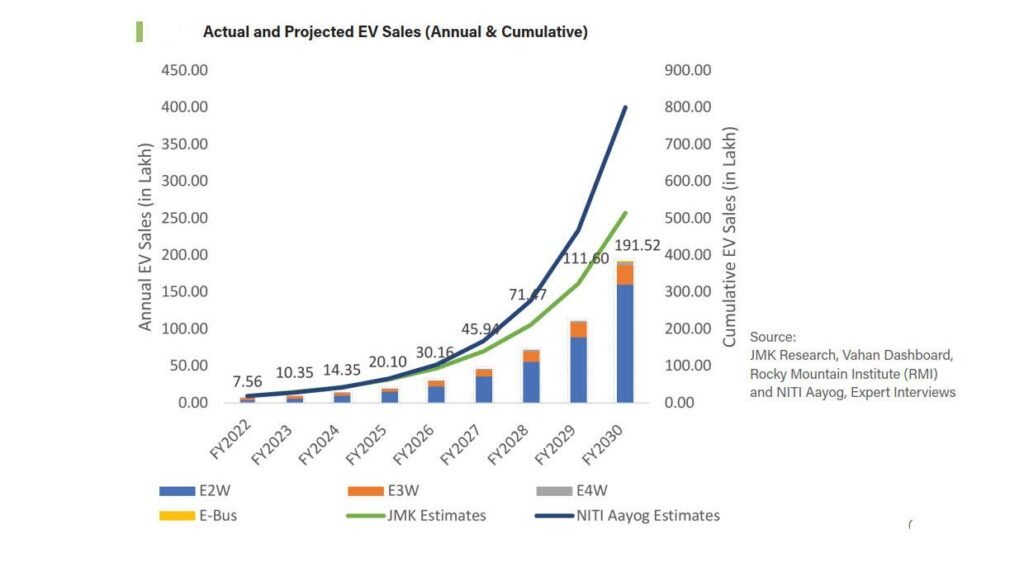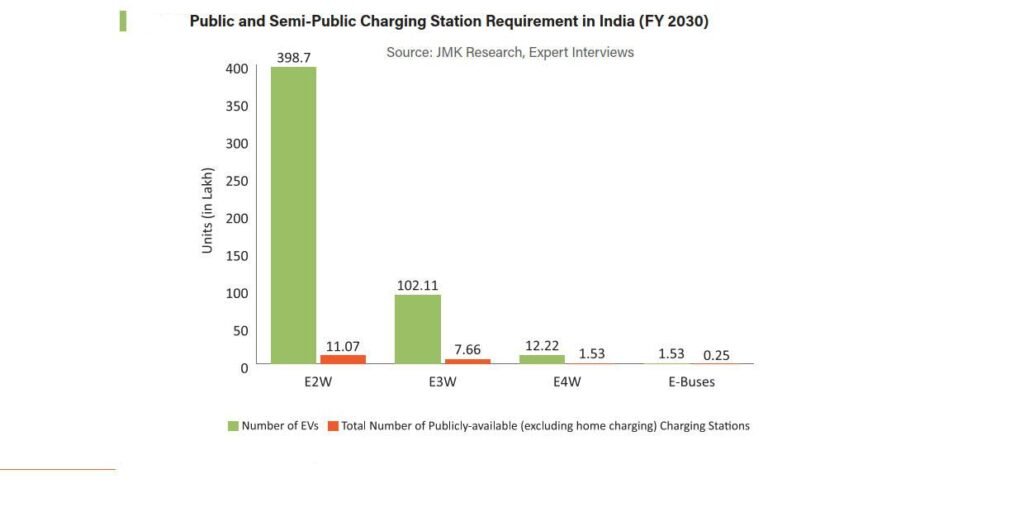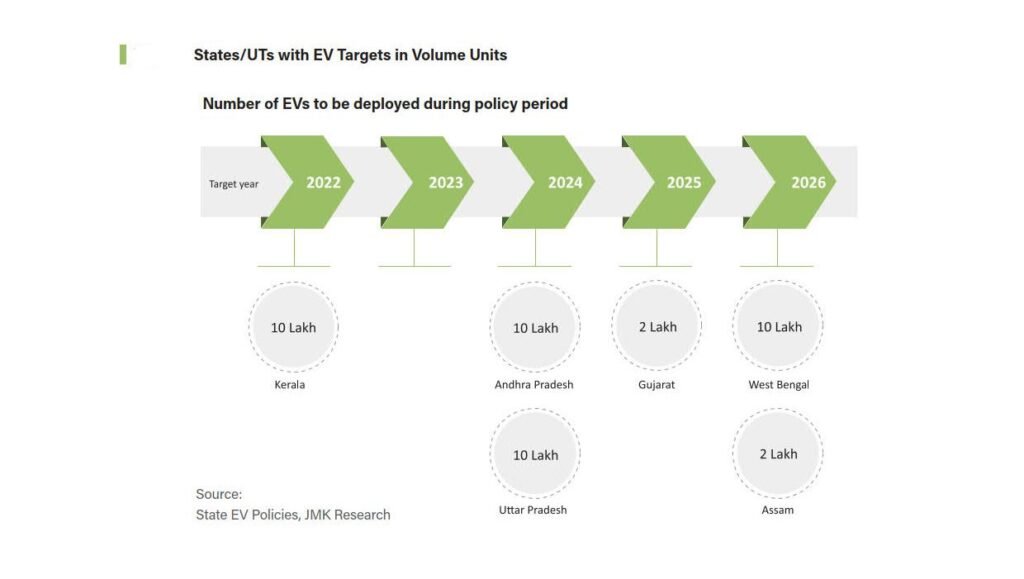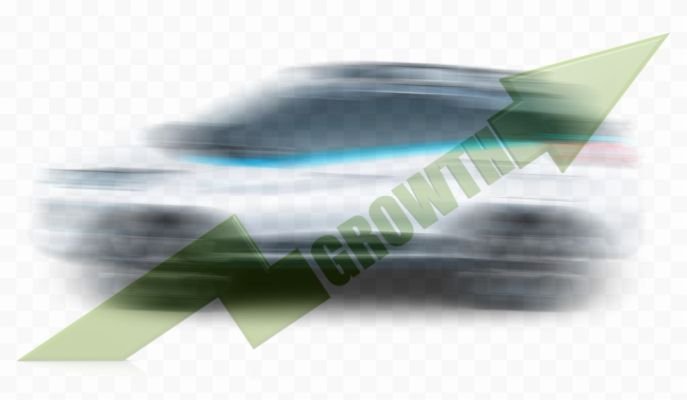India, which surpassed Germany to become the world’s fourth largest automobile market in May 2022, is embracing the e-mobility revolution and taking tangible steps to electrify its transportation sector, notably road transportation.
The flagship initiative Faster Adoption and Manufacturing of Hybrid and Electric Vehicles (FAME) II has given the country’s electric car sales a much-needed boost.

State governments have also made significant work in developing a favorable policy environment, with around 25 states having announced or drafting EV policies that focus on demand and supply side incentives to increase sales, manufacturing, infrastructure, and investments.
These efforts have paid off, with EV sales increasing 163 percent in 2021, a threefold rise over the previous year. The share of registered electric three-wheelers (E3W) in total three-wheeler sales have surpassed 50%.

With a predicted CAGR of 49.79 percent, the trend is expected to stay pace with present growth, resulting in annual sales of 191.5 lakh EVs by FY 2030. (as per JMK Estimates). By FY 2030, e-two wheelers will account for more than 80% of total EV sales.
The reduced upfront costs, their adoption in the delivery segment, and the continuation of national and state-level subsidies are probable factors driving these sales.

According to a report released by the think tank NITI Aayog in collaboration with the Rocky Mountain Initiative (RMI) India, if FAME II and other measures are successful, India could achieve EV sales penetration of 30% of private cars, 70% of commercial cars, 40% of buses, and 80% of 2 and 3-wheelers by 2030. When this is converted to absolute numbers, it amounts to 8 crore EVs by 2030.
When adjusted to absolute figures, this equates to 8 crore EVs by 2030. The charging infrastructure necessary to accommodate 8 crore EVs in terms of public and semi-public charging stations is close to 39 lakh.

In India, the number of charging stations is still insufficient, with around 32 EVs per charging station. There has been little progress in creating charging stations through the FAME projects, and there is not enough emphasis on this in the future.
To develop a self-sustaining EV ecosystem in the country, the sector and central and state governments must collaborate to bring in crucial resources, technology, funding, and incentives.
This article is based on JMK Research Report & Newsletter; researched and edited by Clean-Future Team






